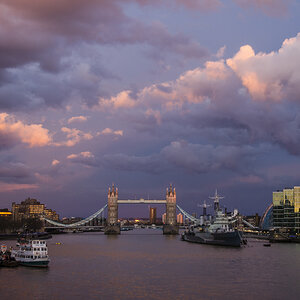altphotoproducts
TPF Noob!
- Joined
- Nov 29, 2012
- Messages
- 4
- Reaction score
- 0
- Location
- earlville, NY
- Can others edit my Photos
- Photos NOT OK to edit
Has anyone used Kurare R-1130 polymer instead of gelatine for cyanotype on glass?
Bostick&Sullivan has it.
Bostick&Sullivan has it.


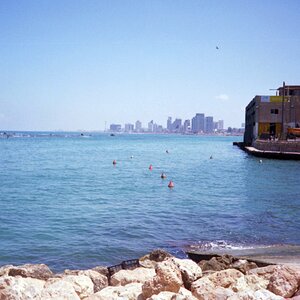
![[No title]](/data/xfmg/thumbnail/36/36393-86ce601930c671b92b6df002b7fcbd0b.jpg?1619737548)
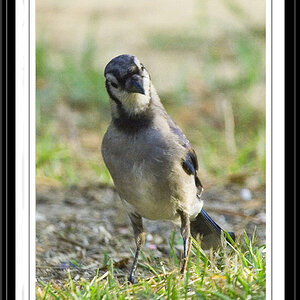
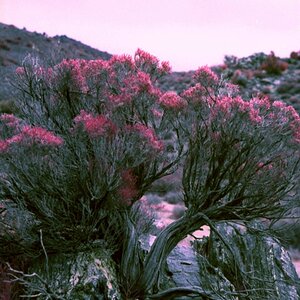
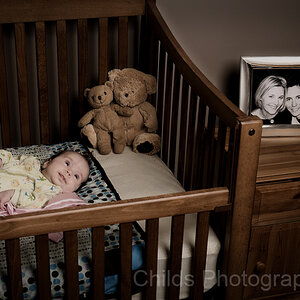
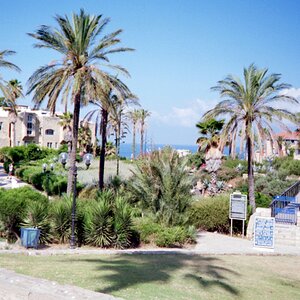
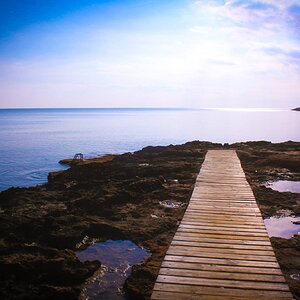
![[No title]](/data/xfmg/thumbnail/36/36395-66eaff4565ecf4245f13a9c469a9273b.jpg?1619737548)
